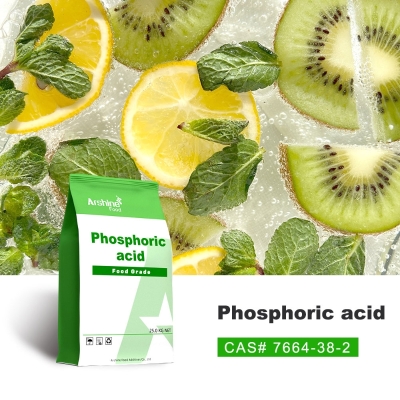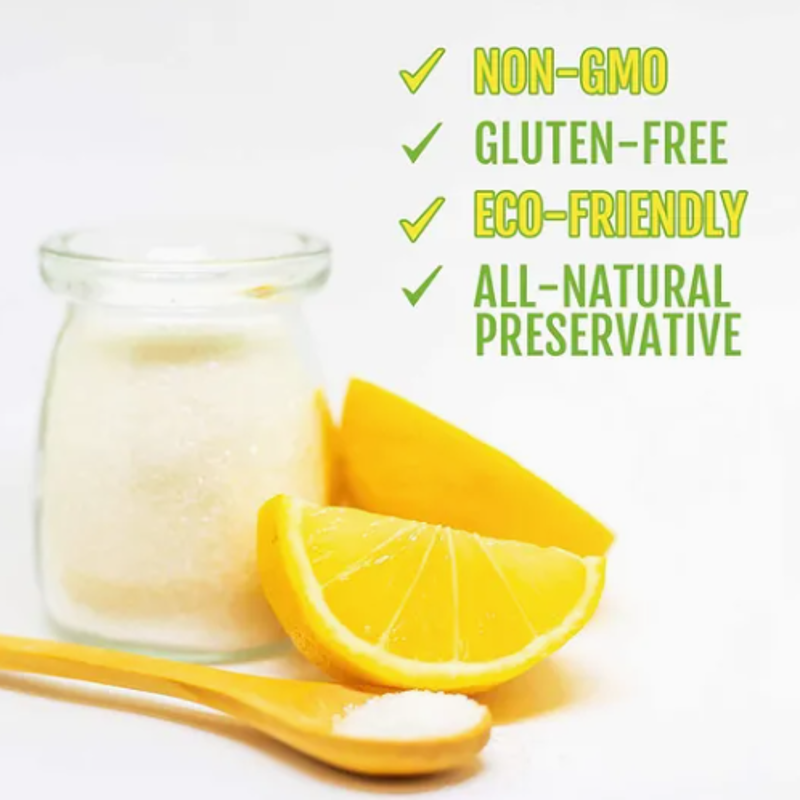Safety range of acidity regulator
-
Last Update: 2018-02-13
-
Source: Internet
-
Author: User
Search more information of high quality chemicals, good prices and reliable suppliers, visit
www.echemi.com
Introduction: many of the foods we eat have Acidity Regulators What's the safety range of Acidity Regulators? What's the function of Acidity Regulators? Let's have a brief introduction to Baibai safety net China has approved the use of 17 kinds of Acidity Regulators: citric acid, lactic acid, tartaric acid, malic acid, metatartaric acid, phosphoric acid, acetic acid, hydrochloric acid, adipic acid, fumaric acid, sodium hydroxide, potassium carbonate, sodium carbonate, sodium citrate, potassium citrate, trisodium bicarbonate, sodium citrate, etc Because of the different chemical structure of each kind of acidity regulator, it can produce different acidity, acuteness and taste speed Generally, ADI value of organic acidity regulator is not required It can be added in all kinds of foods as needed, and show different flavors (1) Citric acid, ascorbic acid, gluconic acid and L-malic acid are pleasant and cool, but taste disappears rapidly (2) D-malic acid has a slightly bitter sour taste, which is more popular than citric acid in some drinks and tomato products The generation and disappearance of sour taste are slower than citric acid (3) Fumaric acid has a strong astringent taste, a much stronger acid taste than citric acid, and can maintain a longer acid sense If it is replaced by citric acid, the dosage can be reduced by 25%, but its solubility is small at low temperature, so it is suitable for hot drink food, and if it is used for gum sugar, it can obtain a longer lasting flavor sense (4) Acetic acid and butyric acid have strong pungent taste, and have the function of strengthening appetite in pickles, synthetic vinegar, cheese, etc (5) Succinic acid, which has the flavor of both sea fans and soy sauce, is often used in the preparation of some complex condiments (6) Lactic acid has a soft and post sour taste When used with acetic acid, it can provide a soft flavor and improve the antiseptic effect of the product (7) Tartaric acid is weak and astringent, with strong fruit flavor, 10% stronger than citric acid (8) Only when glucolactone is slowly hydrolyzed to gluconic acid in water, can it produce acid taste and acid action Therefore, its acidification is gradual, which is conducive to the slow coagulation of protein (9) Although phosphoric acid is an inorganic acid, its dissociation degree is not much higher than that of organic acid, and the intensity of acid produced is about 2-2.5 times that of citric acid and malic acid, so it is widely used in some soft drinks According to the survey, the maximum use of citric acid in vegetable oil is 2.0g/kg There is no clear standard for the use of citric acid in infant formula milk powder and auxiliary food for infants, but it needs to be used properly according to the needs of production; Tartaric acid, as an acidity regulator, needs to be used properly in canned food according to the needs of production, while the largest amount used in wine production is 4.0g/l; most of the safety use range of Acidity Regulators is based on the needs of production As for the function of acidity regulator, it is mainly to change and maintain the acidity of food and improve its flavor; enhance the anti-oxidation effect and prevent food from rancidity; complex with heavy metal ions, it has the functions of preventing oxidation or fading reaction, stabilizing color, reducing turbidity and enhancing gel properties If you want to know more, you can check the food safety knowledge, learn more about the problems of food additives, and the food safety tester can also check the food safety Editor in charge: he xianrob
This article is an English version of an article which is originally in the Chinese language on echemi.com and is provided for information purposes only.
This website makes no representation or warranty of any kind, either expressed or implied, as to the accuracy, completeness ownership or reliability of
the article or any translations thereof. If you have any concerns or complaints relating to the article, please send an email, providing a detailed
description of the concern or complaint, to
service@echemi.com. A staff member will contact you within 5 working days. Once verified, infringing content
will be removed immediately.







